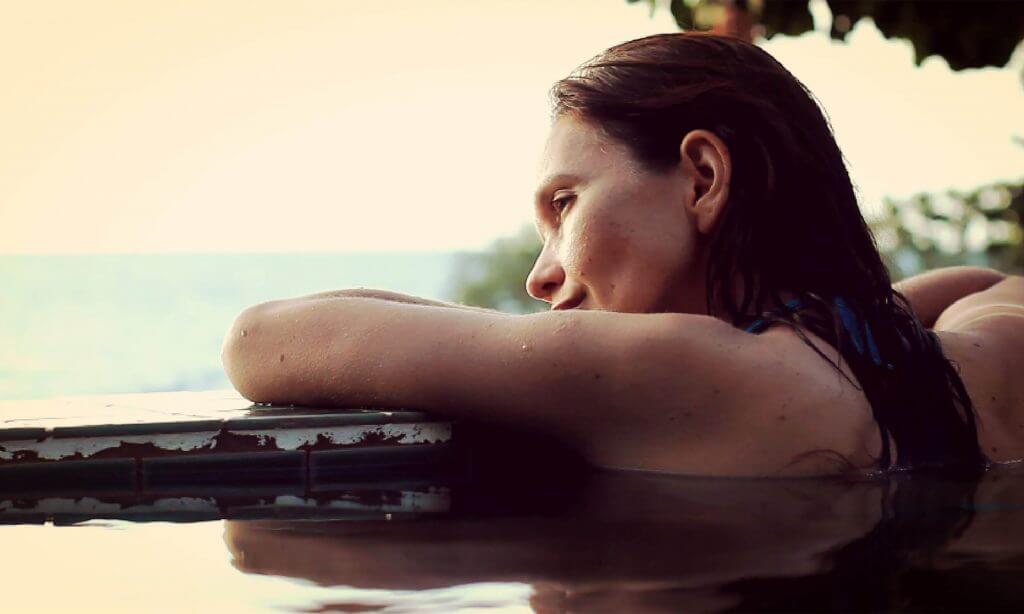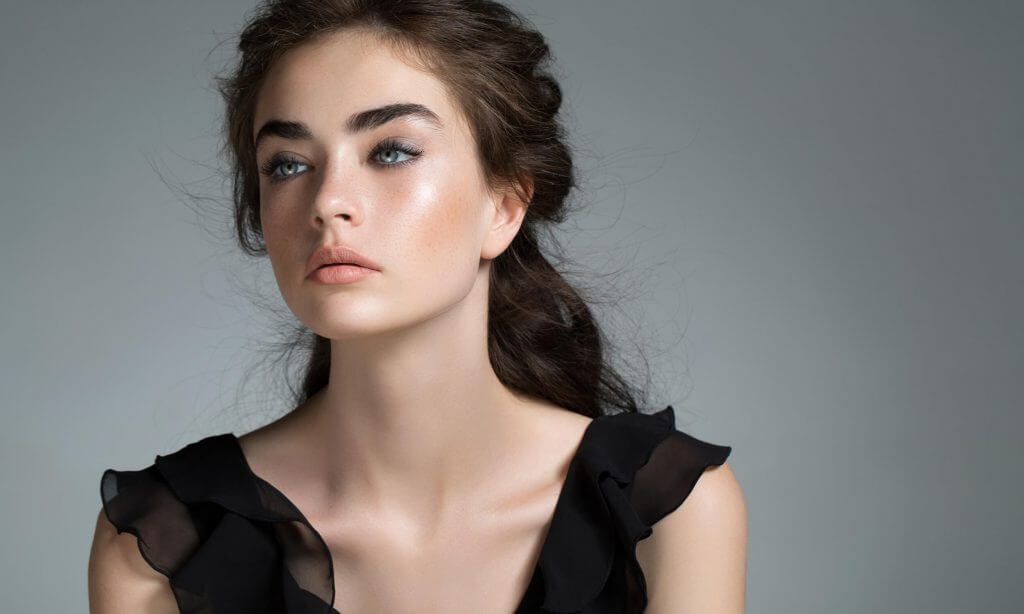Lecturing and teaching both at home and abroad on rhinoplasty is a very rewarding part of my professioal life. I have just lectured on the use of rib cartilage for the saddle nose and the twisted nose in Geneva. Not only do I enjoy communicating my thoughts and ideas with others but I also find extremely stimulating the feedback and discussion I have with other invited members of these national and international panels. Putting together lectures and teaching videos also helps me reflect and crystallize my own thoughts as well as giving me the impetus to research the thoughts and ideas of others with whom I share rhinoplasty symposia and sessions. I particularly enjoy discussions and sharing ideas and surgical difficulties and solutions with my colleagues from Europe and America. Some of our most stimulating conversations are over a drink outside the lecture halls!
When I was training in rhinoplasty over 15 years ago much surgery was performed through a closed approach and favoured a philosophy of re-contouring the nose mainly through removal of tissue. Whilst very good results can be achieved for some noses using this approach I believe things have moved on since then and I have moved away from widespread application of closed surgery.
My travels to other surgeons and my time spent lecturing on panels with other surgeons from across the world since has led to me using the open approach for many of my rhinoplasties. I believe this does reflect a different philosophy and approach to surgery where structural grafts such as columella struts, spreader grafts, alar support grafts and lateral crural strut grafts along with stitches and sutures are used to reshape and support the nose. This minimises the amount of cartilage and bone that needs to be removed. I feel this leads to a more balanced nose which is more harmonious with the face in general terms and in which long term outcome may be more predictable and the affects of healing less left to chance than they might be when removal of nasal framework alone is relied on. A good, contemporary rhinoplasty result should look natural and not “done”.
My current practice reflects these thoughts and moves beyond what I experienced in my early years learning rhinoplasty. This contemporary approach to re-building the support framework of the nose and in severe cases using rib cartilage has I believe really advanced surgery particularly revision surgery for the over-reduced nose.
As I have discussed in my previous blog on wisdom in rhinoplasty though there is always a balance to be drawn between complex surgery to maximise the result and a desire to keep things simple so as to limit risk – a difficult equation.
Staying current and contemporary to me means travelling, visiting and lecturing, reflecting, listening and sharing thoughts and ideas with others who are also passionate about rhinoplasty. Amongst this quite small group of surgeons I have joined internationally, many have become great and valued friends.








